
Kate Biel (Current MFA: 2027)
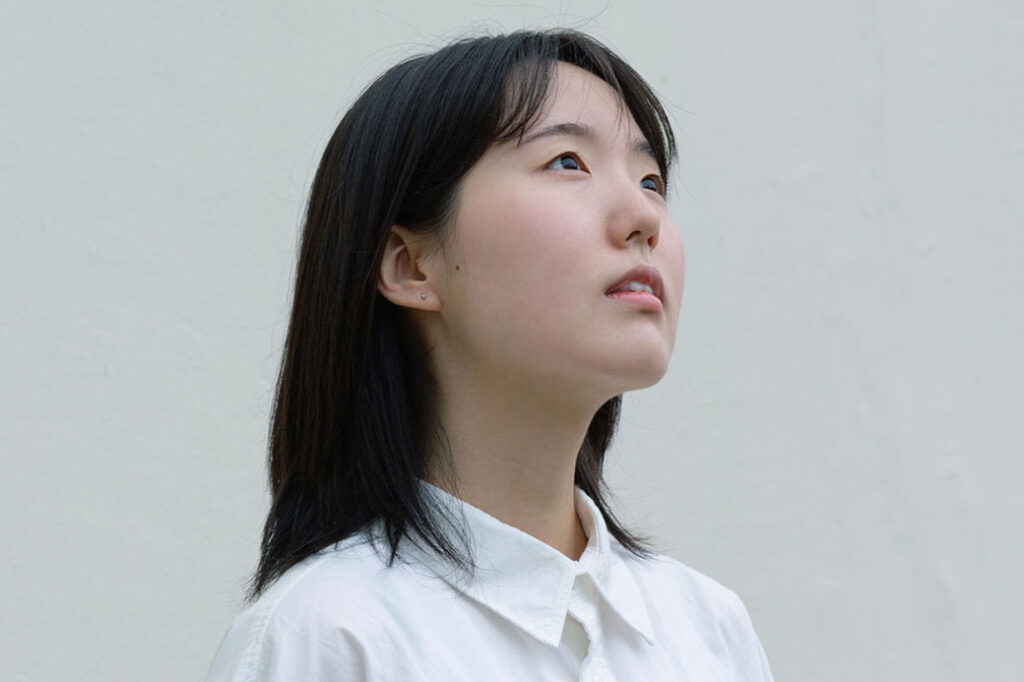
Noa Park (Current MFA: 2027)
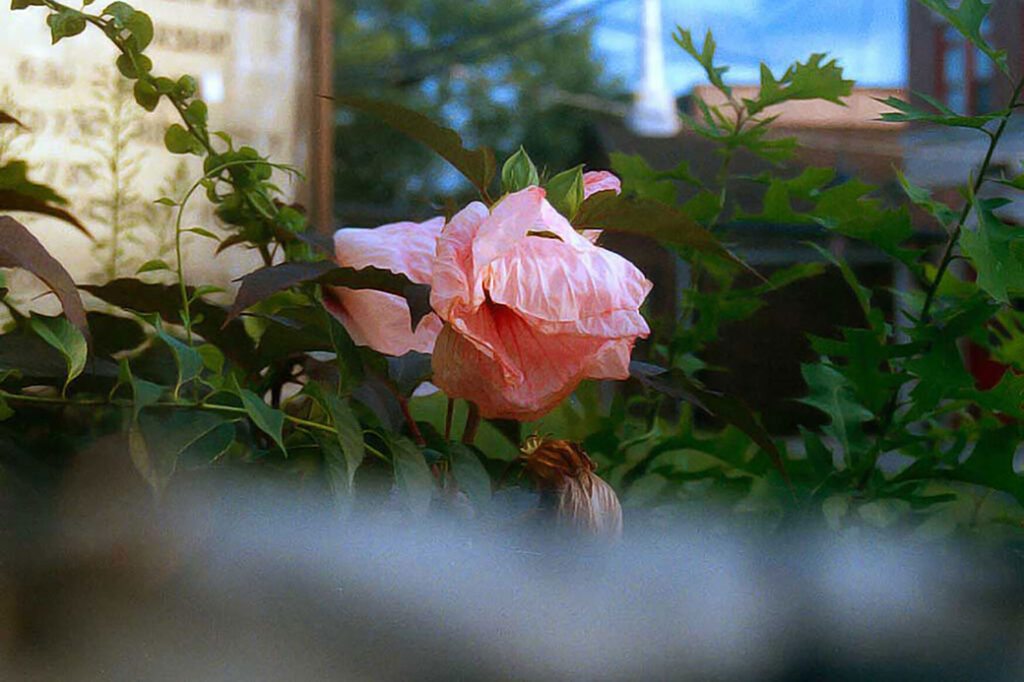
Edward Gia (Current MFA: 2026)

Nolan Zunk (Current MFA: 2026)

Tova Katzman (MFA 2025)
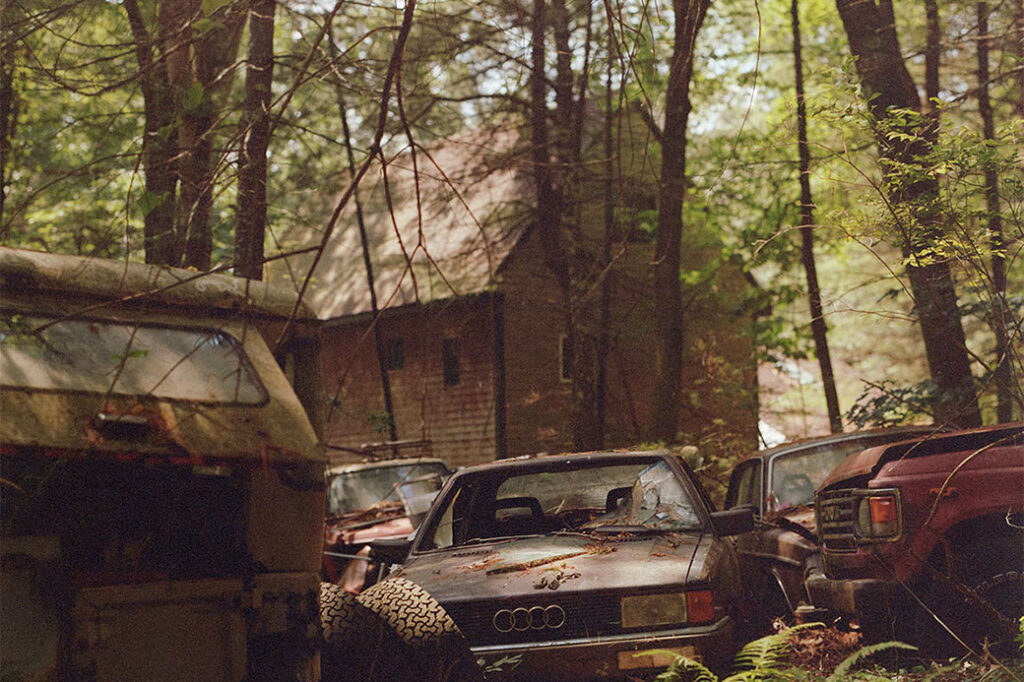
Phoebe Shuman–Goodier (MFA 2025)

Rosie Clements (MFA 2024)
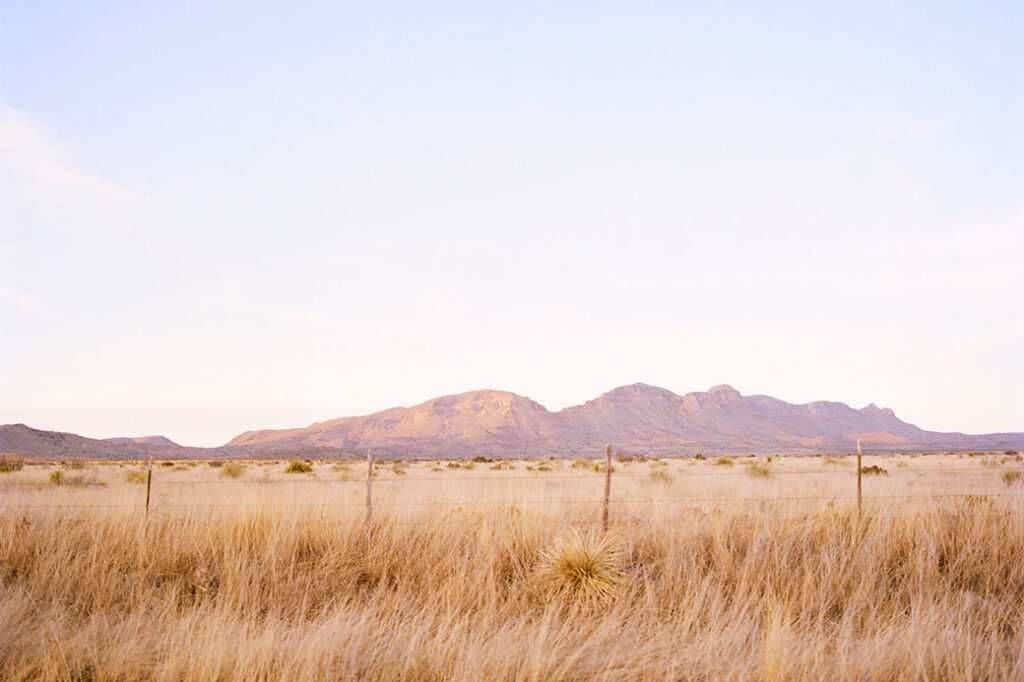
Ariana Gomez (MFA 2024)

Jennifer Villanueva (MFA 2024)

Aishwarya Arumbakkam (MFA 2022)

Madison Cooper (BFA 2022)
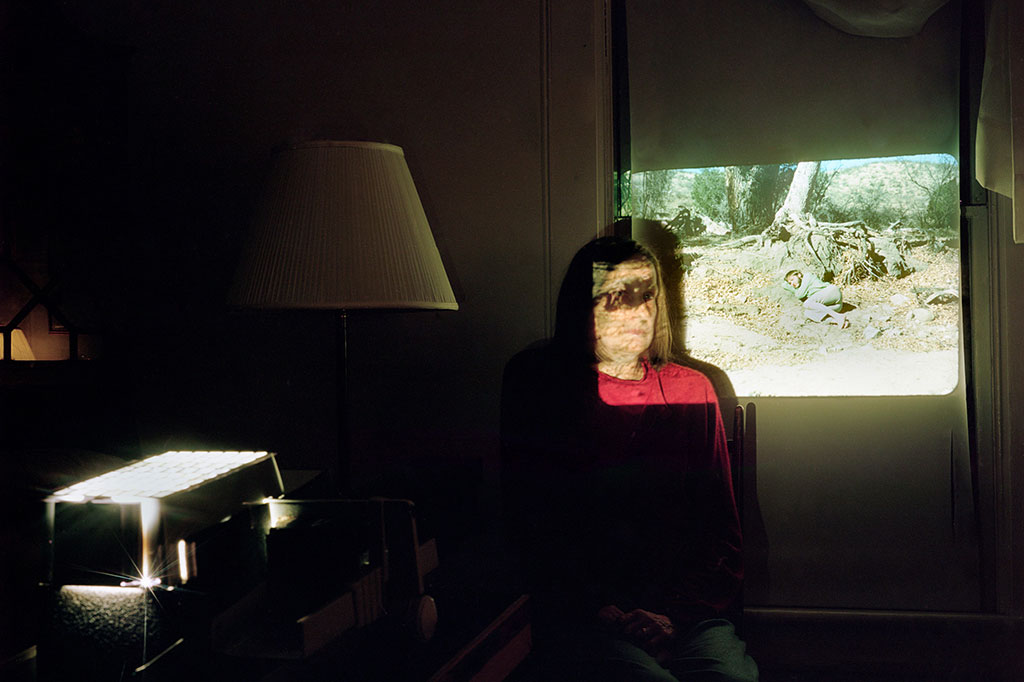
Helen Jones (MFA 2022)

Andrew Skoda (MFA 2022)
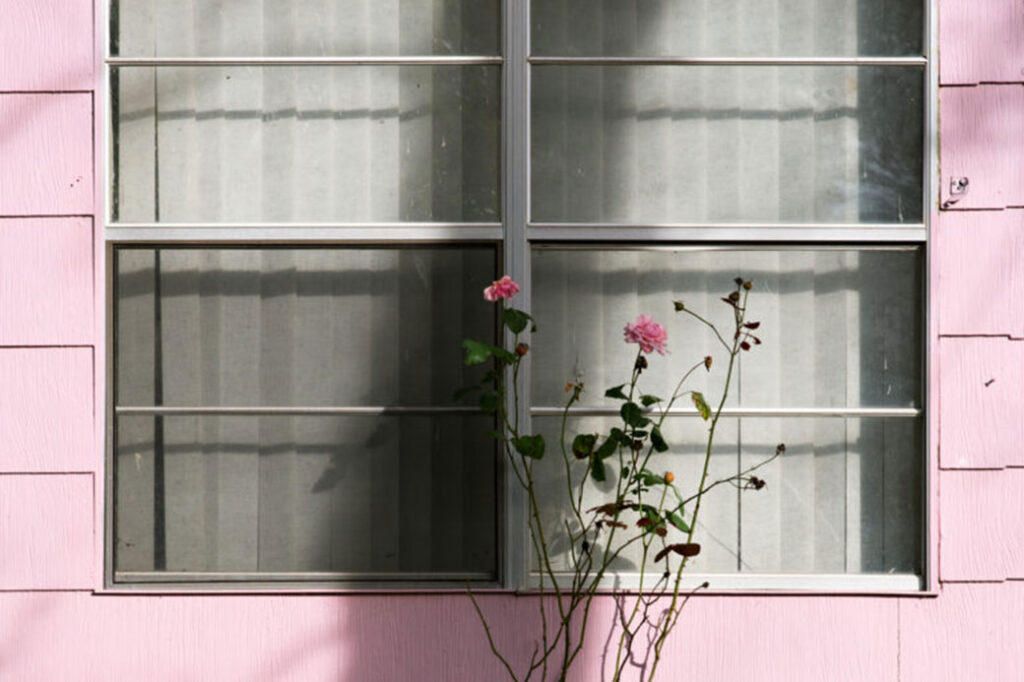
Heather Canterbury (MFA 2021)
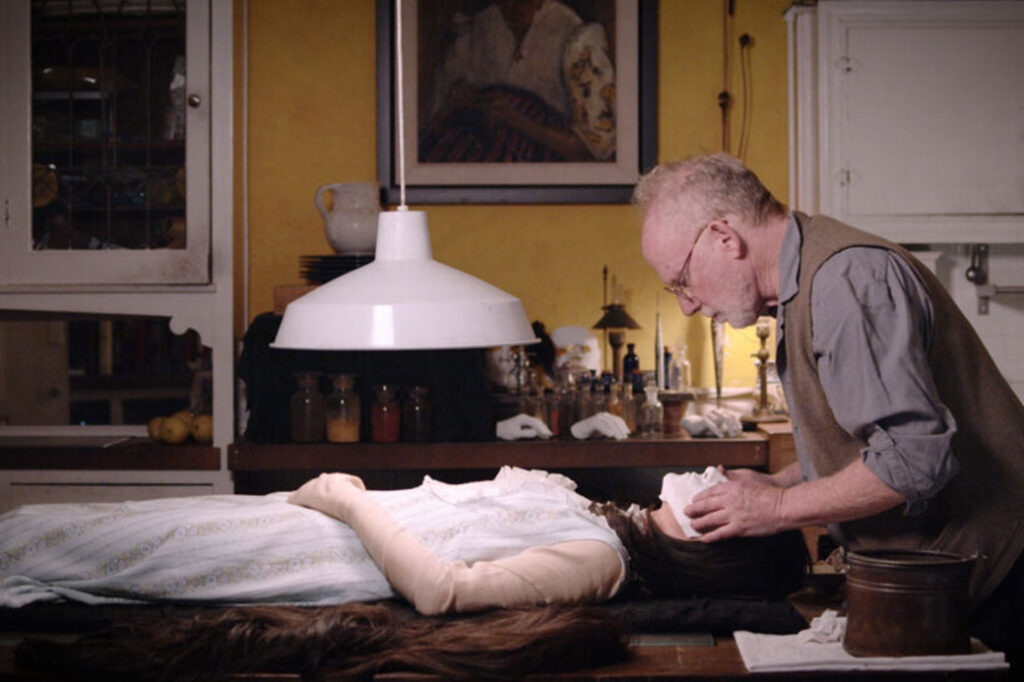
Ania Mininkova (MFA 2021)

Mathieu Grenier (MFA 2020)

Saeid Janaati (MFA 2020)

Matthew Cronin (MFA 2019)

Anika Steppe (MFA 2018)

riel Sturchio (MFA 2018)